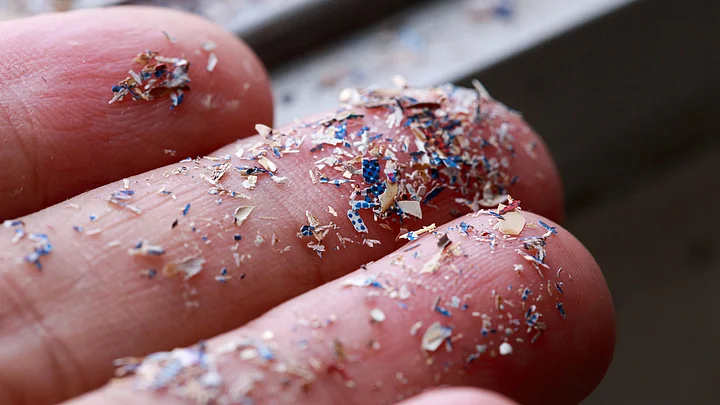In a first, microplastic particles have be discovered in human blood found a new study published in the journal Environmental International.
The study authors found tiny polymers plastic particles in 80 percent of the 22 participants that were tested.
“Our study is the first indication that we have polymer particles in our blood – it’s a breakthrough result,” Prof Dick Vethaak, an ecotoxicologist at Vrije Universiteit, Amsterdam was quoted by the Guardian.
“But, we have to extend the research and increase the sample sizes, the number of polymers assessed, etc.”Prof Dick Vethaak, an ecotoxicologist at Vrije Universiteit, Amsterdam told the Guardian
According to the researchers, the presence of microplastics in the blood is concerning because this means it can be carried to damage all parts of the body.
What The Study Found
The study researchers built upon already existing techniques such that they were able to detect particles as small as 700 nm (nanometer).
Four types of plastic were discovered in the blood samples of these participants — Polyethylene terephthalate, polyethylene and polymers of styrene.
The participants were found to have an average of 1.6 µg/m of quantifiable concentration of plastic particles in their blood.
What to Know About Microplastics
Microplastics are really small particles of plastic, typically less than 5 mm in length.
Microplastics have been identified as major source of marine pollution from where they are ingested by aquatic animals and humans.
The plastic products, plastic bags and waste are released or dumped in the river break down and are eventually reduced to microparticles.
To what extent microplastics can do harm to humans, and how long they really remain in one's body is not clear yet. The study authors have called for further research to find out.
(Written with inputs from the Guardian.)
(At The Quint, we question everything. Play an active role in shaping our journalism by becoming a member today.)
